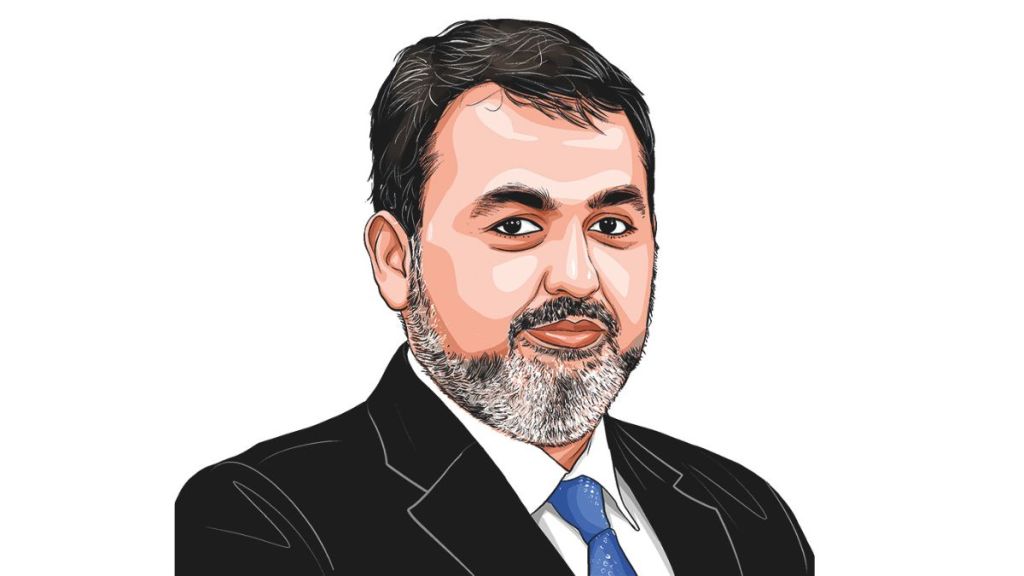By Sumit Kumar
The capabilities expected from the healthcare workforce have changed, so have the structures that shape careers inside global capability centres (GCCs). For healthtech GCCs that support critical workflows such as claims integrity, care management platforms, clinical data operations, AI-driven analytics, this change is structural. Hiring volumes and onboarding efficiency once defined talent strategy.
Healthtech GCCs are no longer positioned at the periphery of their parent organisations. Most are embedded within the delivery chain. Their work touches members, providers, payers, and clinical teams. Whether designing a patient outreach platform, automating provider credentialing, or supporting value-based payment reconciliation, the workforce now interacts with business-sensitive, compliance-governed processes on a daily basis. This degree of integration alters what is expected from talent. Roles are no longer defined by single-task execution.
In most high-compliance industries, operational accuracy comes from subject matter familiarity. Healthcare is no exception. The use of AI has made this even more critical. Systems that flag anomalies or suggest next-best actions are not self-validating. Their output depends on the context of use. Associates entering data operations are expected to know how a diagnosis relates to reimbursement. In some GCCs, structured pathways are being introduced that tie progression to real-world competency, not tenure.
Mobility within GCCs has typically followed a broadening approach: moving across teams to expand exposure. That model is evolving. With the increasing complexity of systems and roles, continuity has started to matter more than rotation. Teams that stay within a function build a deeper understanding of workflows, tools, and exceptions. That context is essential in sectors like healthcare, where variability is the rule, not the outlier.
Structured mobility is replacing linear progression. High-performing employees are moving horizontally into adjacent functions such as operations to quality assurance, engineering to product management, without leaving the core domain. This allows for better knowledge retention and makes team structures more resilient.
The geographical footprint of talent is also shifting. While major hubs like Chennai and Hyderabad continue to anchor most healthtech GCCs, adjacent Tier 2 cities are being added to the mix. These centres offer access to new talent pools without compromising delivery quality. Learning pathways, too, are adapting to these distributed models. Teams are trained through live system walkthroughs, role-shadowing within production pods, and AI-aware case reviews.
There is no single blueprint for talent design in healthtech. But certain principles are emerging. Depth matters more than throughput, process fluency equals system knowledge, and AI-readiness now includes oversight. The GCCs that are investing in these fundamentals are already seeing gains, in delivery stability, audit performance, and team retention. These outcomes are driven by people who understand the systems they work within, the processes they are accountable for, and the consequences of error.
What is changing, then, is not just the structure of teams, but the logic behind them. The new talent equation is built around capability density, domain maturity, and judgement under uncertainty. It is what operational resilience in healthcare now requires.
The writer is EVP & chief delivery officer, enGen Global (earlier known as Thryve Digital)
Disclaimer: Views expressed are personal and do not reflect the official position or policy of FinancialExpress.com. Reproducing this content without permission is prohibited.

